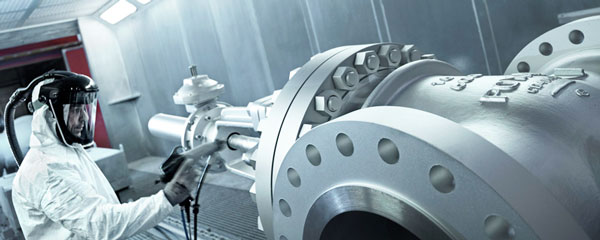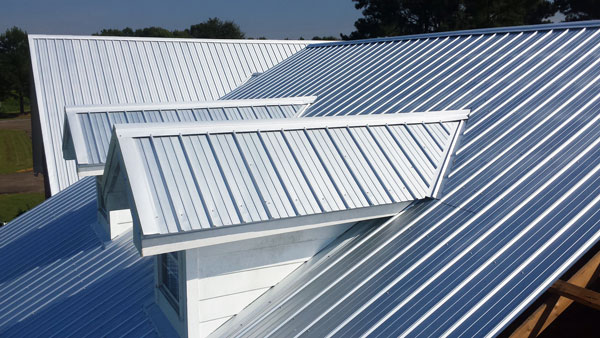Technical application of aluminum paste in coating industry
To achieve excellent gloss, sparkle, brightness, hiding power, tinting
power, floatability and other properties, it must be well dispersed, but
the following tips and suggestions should be paid attention to when
dispersing:
Aluminum flakes are easy to bend and break. If high-speed stirring or
other continuous and violent processing are carried out in the coating
production process, its geometric structure is easily destroyed, and bad
phenomena such as coarse particles, dark color, reduced hiding power
and metal migration appear. High-shear dispersing means should not be
used.
It is recommended to use the pre-dispersion method: first select an
appropriate solvent or a mixture of several solvents. Add the solvent to
the aluminum powder slurry at a ratio of 1:1 or 1:2 with the ratio of
aluminum powder slurry to solvent, stir slowly until uniform (about
10-20min), and add a wetting agent or dispersant to the system.
Resin system
Many commonly used paint binders, such as oil-based varnish binders,
acrylate, alkyd, epoxy, polyurethane and water-based binders, can be
used with leafing and non-leafing aluminum paste pigments. In general,
any coating base material or solvent is suitable as long as it is
compatible with the solvent of the aluminum paste and does not cause
chemical damage to the aluminum paste. It is worth noting that aluminum
is an amphoteric metal, and the acid value of the paint should be
controlled below 7.
Choice of solvent
The choice of flux is mainly determined by the paint material determined
by the formula. Non-leafing aluminum pastes can be widely used as polar
fluxes, such as aliphatic or aromatic hydrocarbons, esters (such as
butyl acetate), ketones (such as methyl ethyl ketone, methyl isobutyl
ketone), and alcohols (such as ethanol). The floating aluminum paste can
only use non-polar solvents, and preferably aliphatic or aromatic
solvents with high surface tension, especially white spirit, diphenyl,
toluene and high flash point naphtha, because they can Promote excellent
floatability. Moisture will react with aluminum to generate hydrogen
and cause a sounding effect. Therefore, the moisture in the coating
should be strictly controlled below 0.15%. It is recommended to use
Bayer dehydrating agent OF to remove excessive moisture in the coating,
solvent or thinner. Aqueous solvents are not suitable for any aluminum
paste pigments.
The choice of aluminum paste
The particle size and particle size distribution of aluminum paste have a
vital influence on color, hiding power, floppy effect and gloss.
Therefore, particle size distribution is an important parameter that
cannot be ignored when choosing aluminum paste. Products with stable
particle size and particle size distribution should be selected.
Particle size and particle size distribution are not technical
parameters for selecting aluminum paste. Even if the particle size and
particle size distribution are the same, after different surface
treatments or the shape of aluminum flakes are different, it will cause
color tone, hue or metallic feeling, whiteness, and different angles.
The difference in optical effects such as color effect. Therefore, first
choose the most suitable aluminum paste, and it is best to pass the
preliminary sample test.

